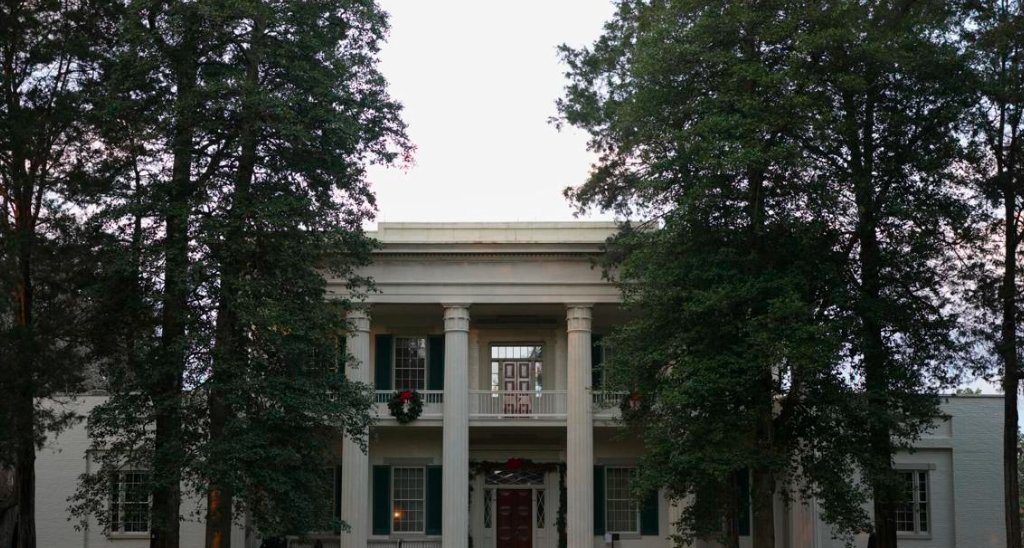A significant discovery has been made on the grounds of the Hermitage, the former estate of U.S. President Andrew Jackson, in Nashville, Tennessee. After decades of research, the graves of 28 enslaved individuals who lived and worked on the property in the early 19th century have been located, shedding light on a previously missing chapter of the estate’s history.
Uncovering Hidden History
More than 300 enslaved people lived and worked on the Hermitage during Jackson’s time, but for many years, the burial sites of those who died on the estate remained elusive. Despite multiple attempts to locate the graves, it was not until January 2024 that researchers finally identified the resting places of 28 enslaved laborers. These graves were marked by subtle ground depressions and limestone slabs.
The breakthrough came after an anonymous donor contributed funds for aerial imaging, ground-penetrating radar, and extensive research into historical documents. The team’s efforts led them to an area near a creek on the property that had been mentioned in a 1935 agricultural report, which noted that bodies were buried there.

The History of the Hermitage and Enslaved Laborers
Andrew Jackson, the seventh president of the United States, owned the Hermitage estate from 1804 until his death in 1845. By the time of his death, the estate had expanded to over 1,100 acres, with around 150 enslaved laborers working the land. While Jackson’s presidency is often remembered for his policies regarding Native Americans and his populist approach, his estate’s history is deeply intertwined with slavery.
The discovery of these graves provides a more complete picture of the lives of the enslaved people at the Hermitage. While historical records show that at least 24 enslaved individuals died at the estate, attempts to find their graves had been unsuccessful for many years. As Tony Guzzi, the chief of preservation for the Andrew Jackson Foundation, explained, “Any time you have this large of a population of enslaved people at the site, there has to be a cemetery somewhere.”
A Key Breakthrough
The search for the graves began in earnest after the anonymous donor’s contribution. Researchers scoured historical records and maps, eventually honing in on a specific area near the creek mentioned in the 1935 report. After further exploration, they discovered signs of burial: small limestone slabs and depressions in the ground. To confirm the presence of graves, they employed ground-penetrating radar, which revealed 28 graves, each measuring approximately six feet by two feet.
The discovery aligns with the historical accounts of enslaved workers’ deaths at the estate, and the team believes this could be the final resting place of many individuals whose lives were shaped by the harsh realities of slavery.
Preserving and Honoring the Memory
The Andrew Jackson Foundation is now working on ways to preserve the cemetery and honor the lives of those buried there. This discovery not only fills in gaps in the history of the Hermitage but also provides a crucial opportunity to recognize the roles that enslaved laborers played in shaping the estate and the broader history of the United States.
The graves of these 28 individuals are an important reminder of the legacy of slavery, and the Hermitage is taking steps to ensure that their stories are acknowledged. The efforts to locate and protect these graves mark a significant moment in the ongoing work to better understand the complex history of Andrew Jackson’s estate.














